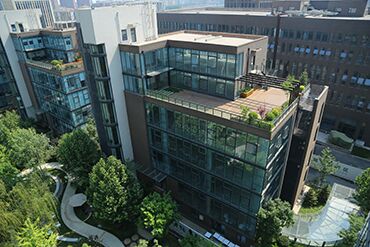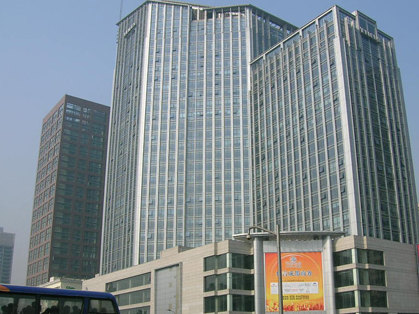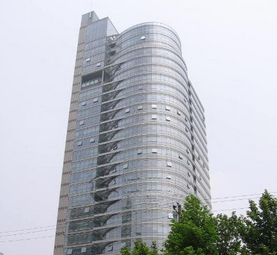Listen to part of a lecture in a plant ecology class.
So far we have covered biodiversity in the hard wood forest here in the upper peninsula of Michigan from a number of angles.
We've looked at everything from how biodiversity relates to species stability, to competition for forests resources and more.
But now I want to discuss what's called pedodiversity.
Pedodiversity is basically soil diversity.
When we analyze pedodiversity within an area, we are measuring how much variability there is in soil properties and how many different types of soil there are in a particular area.
So we look at soil chemistry.
For example, how much nitrogen or magnesium there's in the soil in one spot.
And we compare it with the chemistry of the soil a short distance away.
Until recently, there hasn't been a whole lot of attention paid to pedodiversity.
But that's changing rapidly.
More and more studies are being done in these fields.
There's a link between biodiversity and pedodiversity, an obvious relationship between soils and flora and fauna, which is why pedodiversity really should be considered in forest management.
A high degree of soil variability in a small area is common, particularly within forests.
If you compare soils from a forest with soils that don't come from a forest, the amount of variability will most likely be greater in the forest's soil.
It generally has more diversity.
Um... OK. There are three main causes of pedodiversity within old-growth forest here in our region of Michigan.
One is tree species.
Different species have different influences on soil formation and soil properties.
For example, pine trees drop pine needles.
And those needles add a lot of acid to the soil.
The organic litter of another tree species might add less acid but more of something else.
A lot of different types of trees in an area might mean more pedodiversity.
Another cause? Gaps... created when trees fall.
You see, where there are gaps, open areas in the forest, the soil there changes.
Um... for instance, without a tree to absorb radiation from the Sun, to offer shade, the full intensity of that radiation reaches the ground.
The soil where the tree used to be heats up.
And without a tree to soak up moisture from the ground, the soil remains wetter than in the surrounding forest.
With a higher temperature and more moist conditions, the process of organic matter decomposition speeds up.
In other words, organic matter gets broken down and added into the soil more quickly in these gaps than in the surrounding forest.
OK. And the third cause: trees being uprooted.
When a tree is uprooted, it might fall into some other trees on its way down, thus falling only partway over.
Or it might crash all the way down to the forest floor.
Either way, if its roots are pulled up from out of the ground as the tree topples over, then there's usually a big hole, a pit left in the ground where the roots used to be.
And there's still a lot of soil attached to the roots, clinging to the roots.
As that soil is eventually shed from the roots by rain and wind and the movement of squirrels climbing around, things like that.
Um... as the soil is shed, it drops down and forms a little hill of dirt, a mound.
Pits and mounds have significantly different soil properties than other areas in the forest.
You get a redistribution and mixing of soil as deep roots are ripped up from the ground.
Rock fragments can be pulled up too, if they've gotten entangled with the roots over the years.
So rock fragments from the subsoil can end up concentrated on the surface.
There are forests management implications I want to point out.
Forests management impacts soil quality.
And when we better understand pedodiversity, we will be better able to predict the impact of forest management on soil.
But in general, for positive impact, forest management practices should mimic natural forest processes.
And the goal should be to promote pedodiversity, and through this, biodiversity in general.
I have a handout, an article on pedodiversity in a section of forests near here.
I want you to read it, because it makes a point that I've only touched on.
From what I have been saying about the causes of pedodiversity, you might assume that the relationship between forest dynamics, what happens to the trees, and pedodiversity is a one-way street.
As the article explains, forest dynamics affects pedodiversity.
But pedodiversity also affects forest dynamics.
It's worth bearing in mind.

















 分享成功
分享成功

















草莓小菇凉:说的非常好,十分有道理,棒棒棒!
06-08 15:44:55